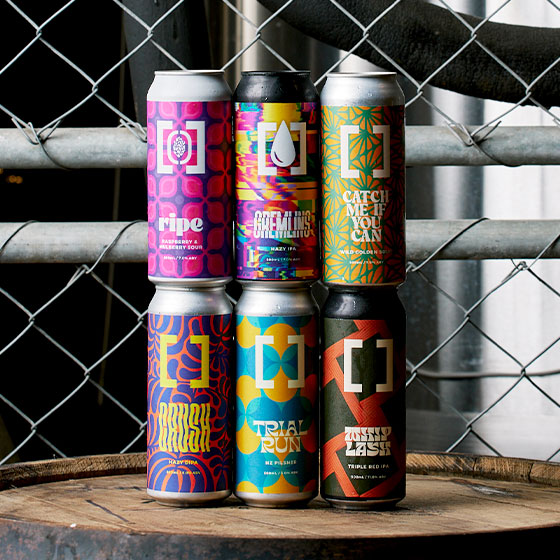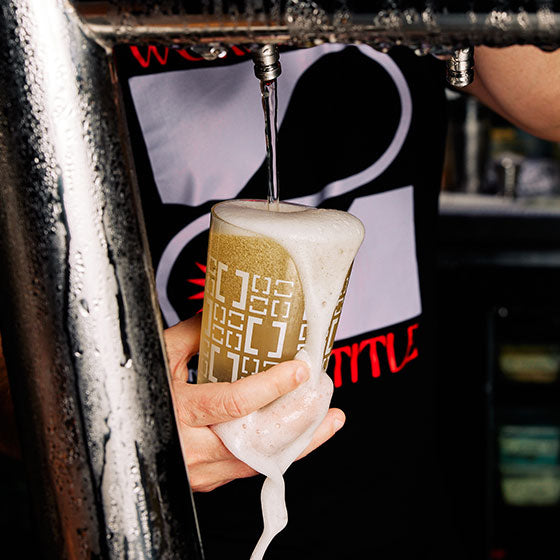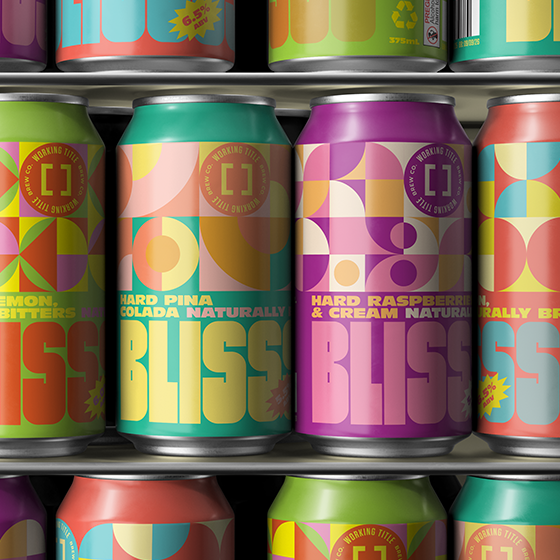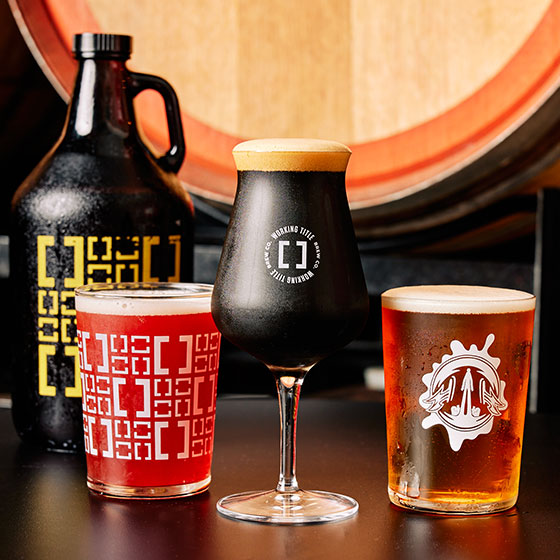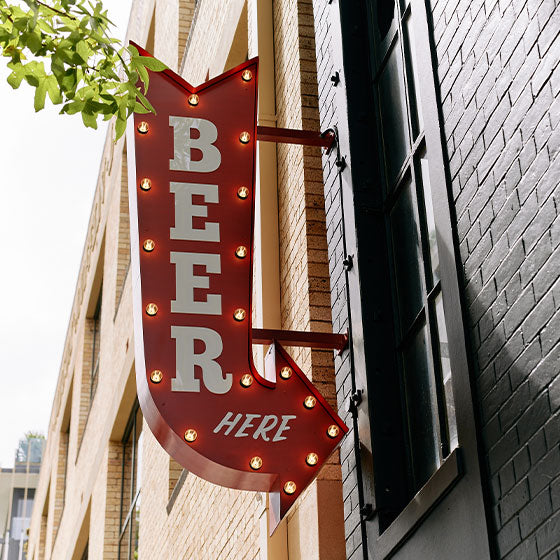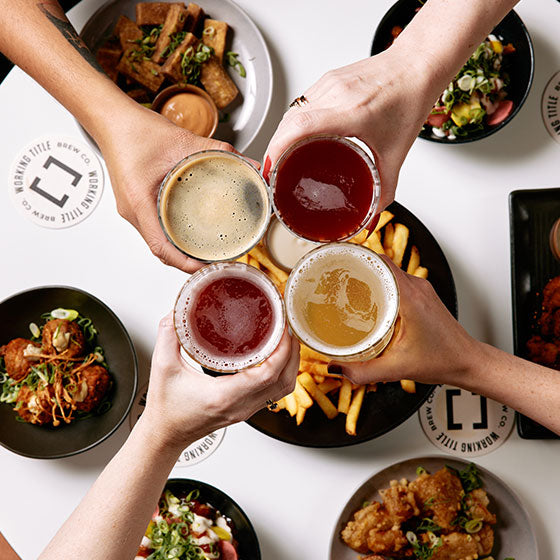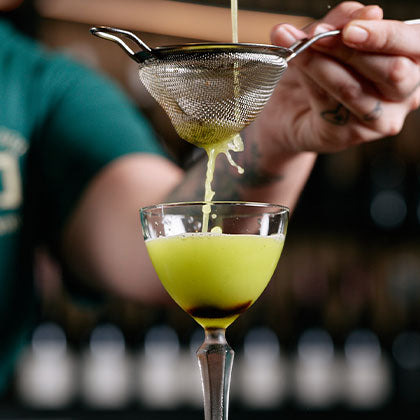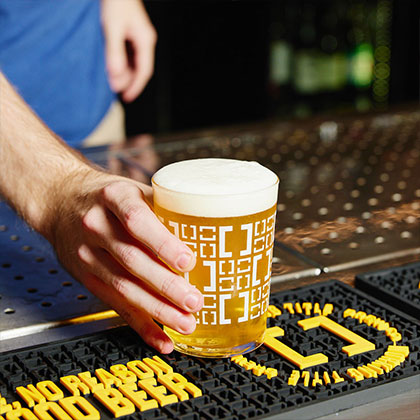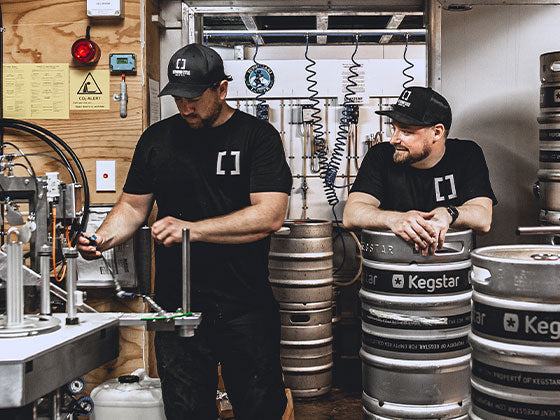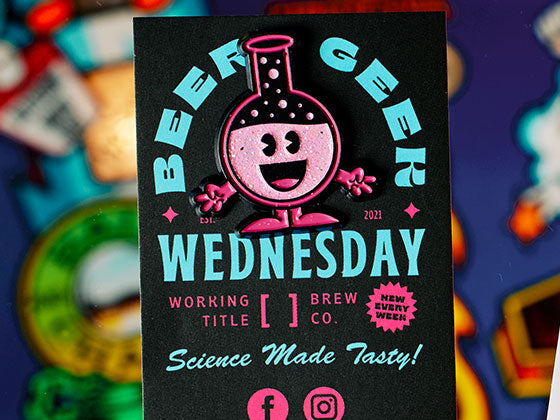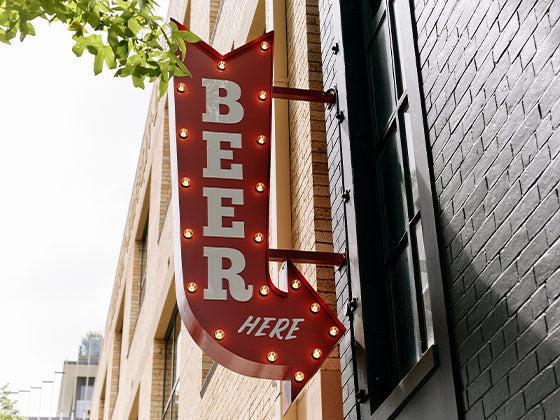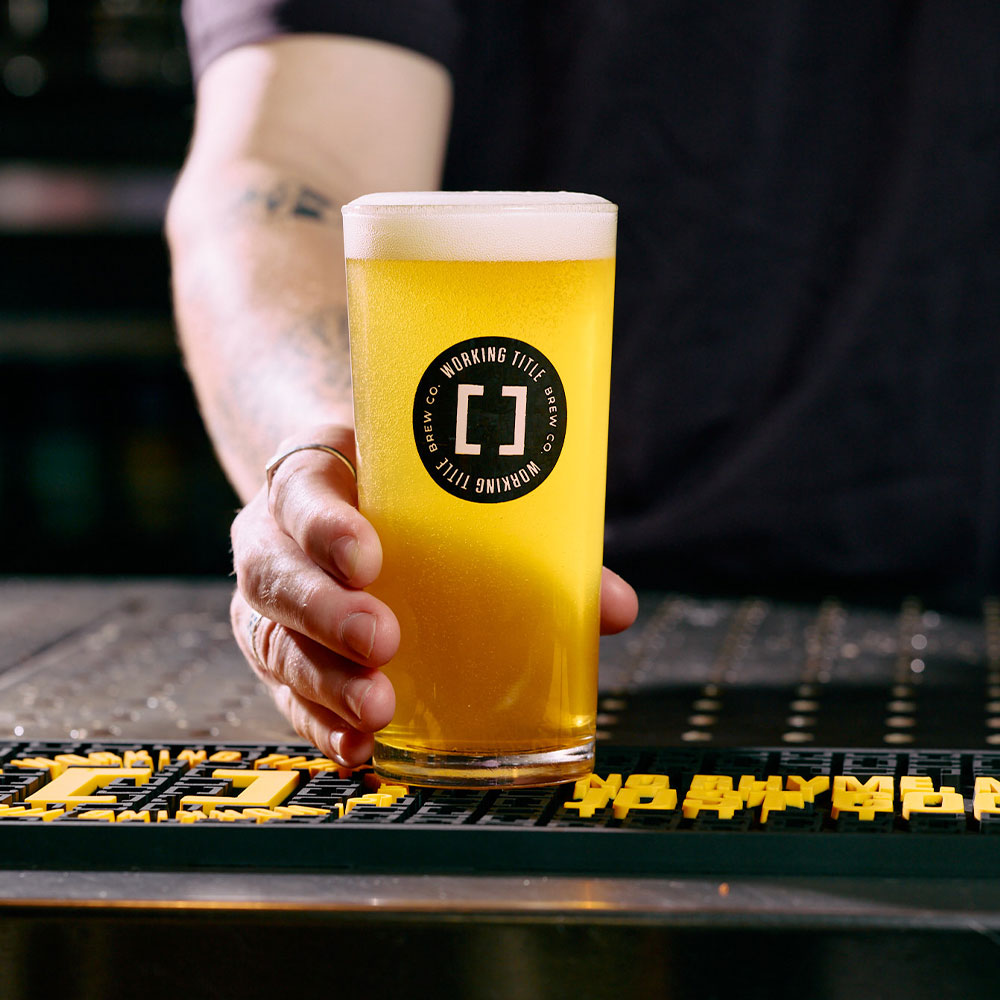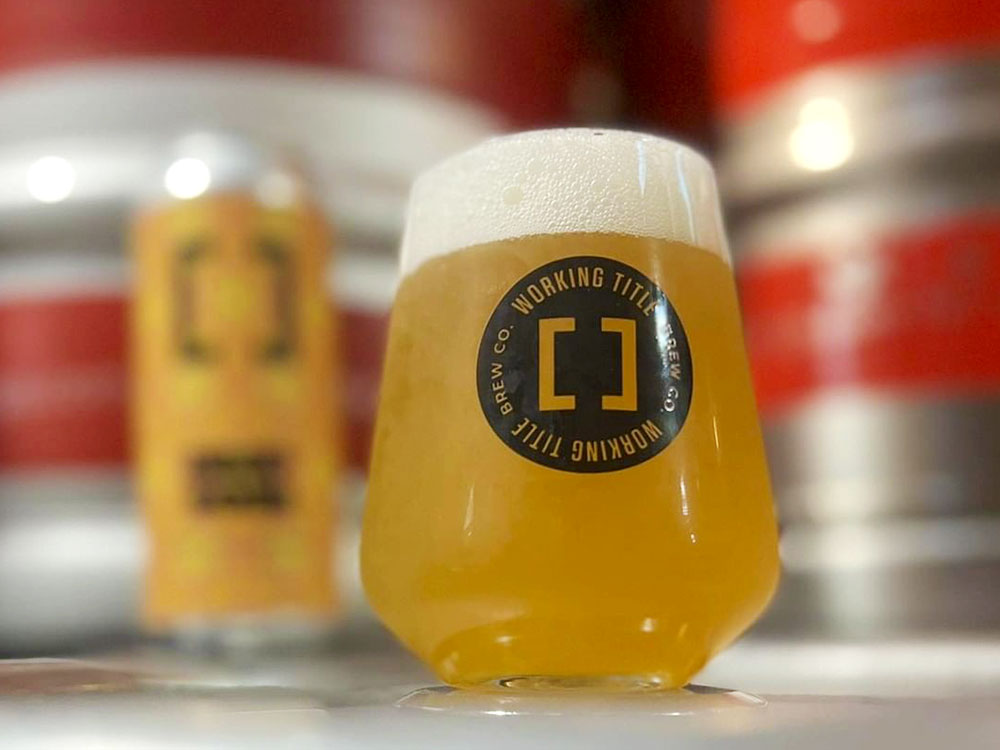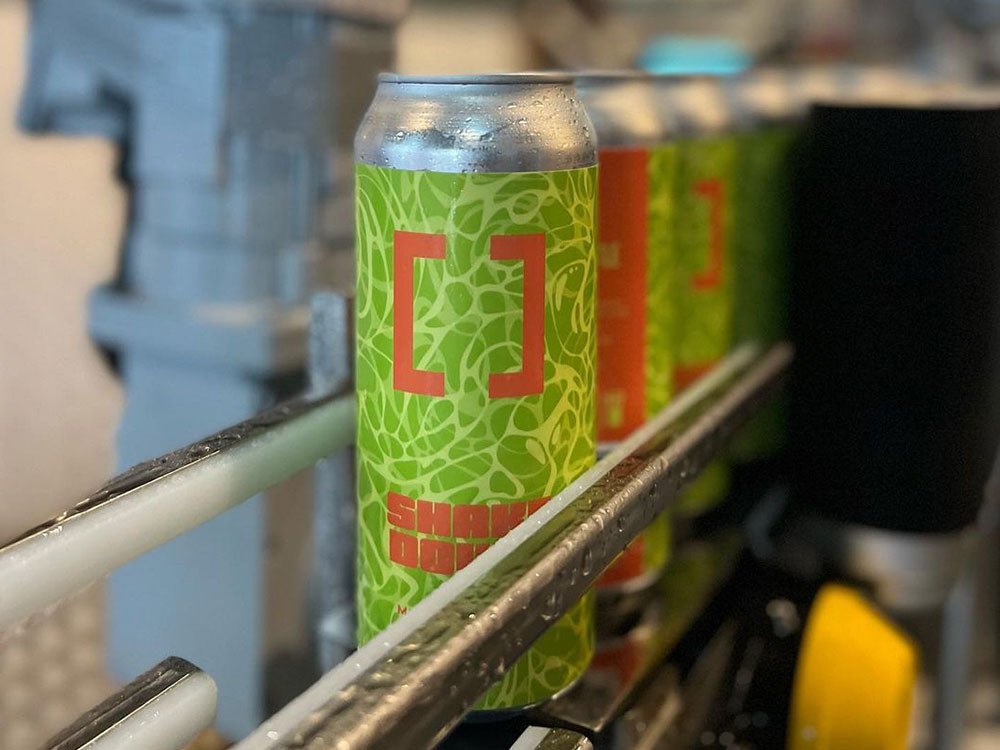It did get me all riled up over some incredible flavours though, so I thought we’d delve ever so slightly into the magic of terpenes. In fact, why not a series on the major terpenes we love, starting today with WTF even are these things?
Terpenes are a group of organic molecules found in plants that are highly aromatic. Plants use them to attract pollinators, repel predatory insects, communicate and seed clouds (seriously). There’s a whopping 30,000 of them, all giving different flavours. They are highly expressed in cannabis and its plant cousin, hops.
While hops synthesise a range of terpenes, eight conspicuous individuals evoke pretty much all of the terpene associated goodness in modern beer. These are: myrcene, geraniol, humulene, linalool, beta-pinene, farnesene, caryophyllene, limonene. We will delve into these in the coming weeks.
While terpenes are full amaze, they also have their idiosyncrasies in beer. Straight up terpene is poorly soluble and highly volatile (that’s why it’s so aromatic) and readily escapes the boil. Keeping terpenes in the beer is best suited to downstream processes, like late dry hopping. Some terpenes can also be over the top, like myrcene. This is why some techniques like Dip Hopping have made headway, as they remove unwanted terpenes. Other terpenes are also sulphur containing, and can lead to some pretty polarising flavours.
Whatever way you look at it, terpenes contribute a large chunk of lovely flavour to beer. Understanding their biosynthesis, utilisation and biotransformation helps us make better beer, and that sounds pretty tasty to me.

